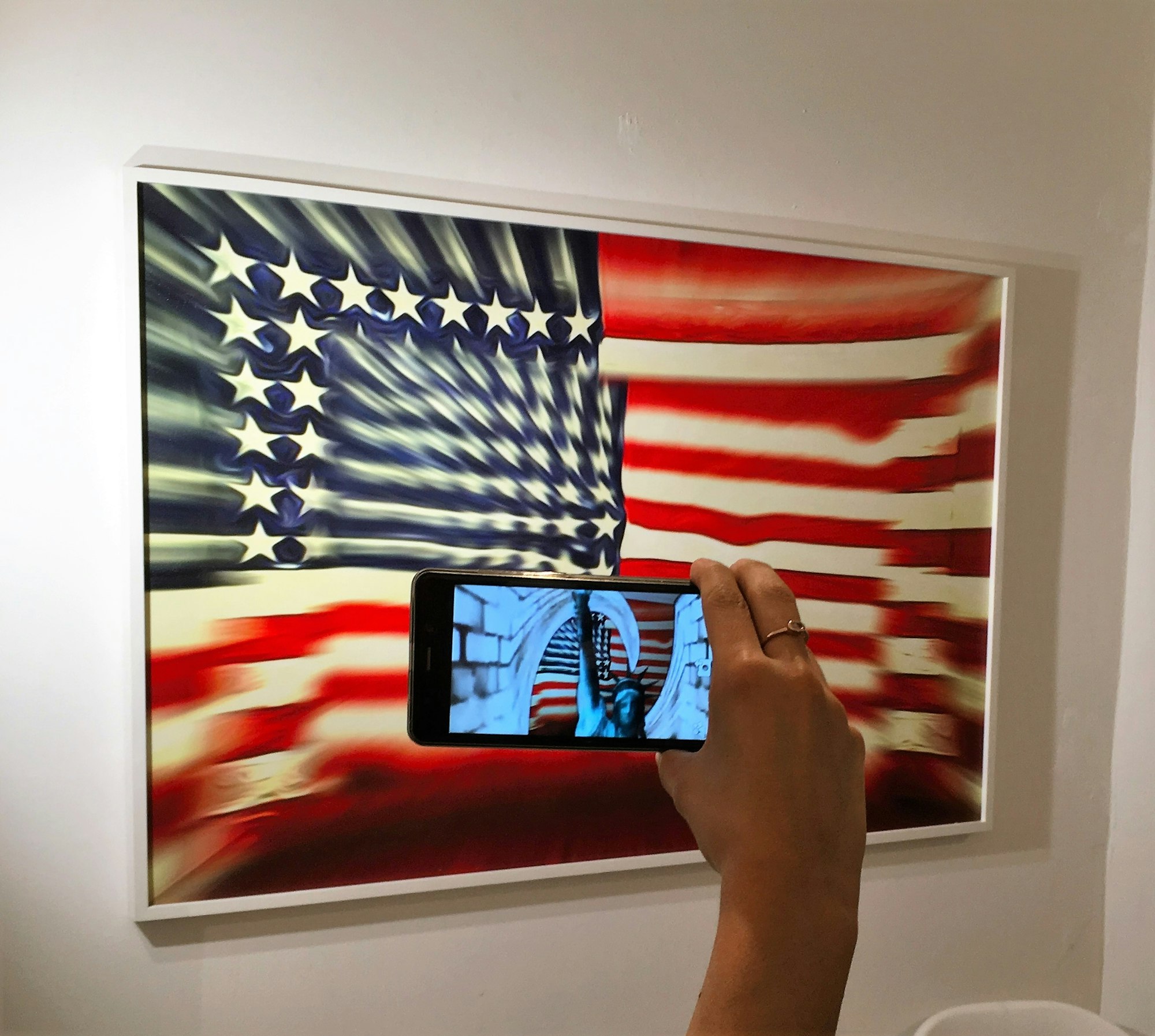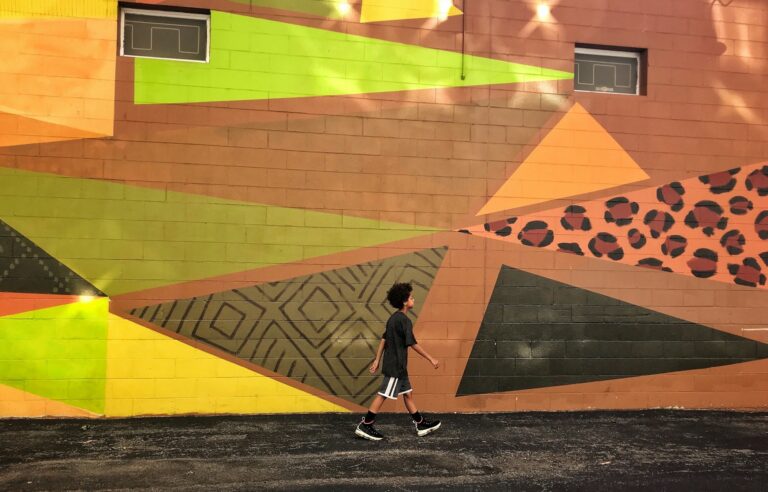Art has always been a powerful tool for social change, capable of stirring emotions, sparking conversations, and challenging the status quo. In the realm of social movements, artists play a crucial role in shaping narratives, amplifying voices, and advocating for justice.
Let’s delve into how art influences and drives social movements, from historical examples to contemporary activism.
1. Art as a Catalyst for Social Change
1.1 Historical Perspectives
Throughout history, art has been intertwined with social movements, serving as a catalyst for change. From the political posters of the suffragette movement to the anti-war artworks of the 1960s, artists have used their creative talents to protest injustice and advocate for equality.
1.2 The Power of Visual Storytelling
Visual art transcends language barriers and communicates powerful messages that resonate deeply with viewers. Whether through paintings, murals, or sculptures, artists can capture the essence of social issues, evoking empathy and solidarity among audiences.
2. Artistic Activism: Methods and Strategies
2.1 Street Art and Public Engagement
Street art has emerged as a prominent form of artistic activism, reclaiming public spaces and engaging communities in dialogue. Murals and graffiti often depict poignant messages of resistance and resilience, transforming urban landscapes into canvases of social commentary.
2.1.1 Case Study: Banksy and Political Satire
Banksy, a renowned street artist, uses his anonymity to create provocative artworks that challenge authority and provoke thought. His murals, such as “Girl with Balloon,” have become symbols of hope and defiance in the face of societal injustices.
2.2 Performance Art and Protest
Performance art merges creativity with activism, using live performances to confront issues and provoke reactions. Artists employ theatrical elements, music, and interactive participation to amplify their messages and engage audiences in transformative experiences.
2.2.1 Artivism and Direct Action
Artivism blends art and activism, advocating for social change through direct action and creative expression. Whether through public demonstrations or online campaigns, artivists harness the power of art to mobilize communities and drive tangible outcomes.
3. Artistic Responses to Contemporary Issues
3.1 Environmental Activism
In response to climate change and environmental degradation, artists are using their platforms to raise awareness and inspire action. Installations, such as sculptures made from recycled materials, highlight the urgency of environmental conservation and sustainable living.
3.1.1 Eco-Art and Sustainability
Eco-artists integrate natural elements and renewable resources into their artworks, promoting eco-friendly practices and advocating for a harmonious relationship between humanity and the planet.
3.2 Racial Justice and Representation
Artists are addressing systemic racism and promoting diversity through visual storytelling. Artworks celebrate cultural heritage, challenge stereotypes, and demand equity, fostering dialogue and promoting social inclusion.
3.2.1 Intersectional Art Movements
Intersectional artists explore the complexities of identity and privilege, creating artworks that reflect the intersecting dynamics of race, gender, and class. These narratives amplify marginalized voices and challenge dominant narratives.
4. Digital Activism: Art in the Age of Social Media
4.1 The Influence of Digital Platforms
Social media has democratized art activism, enabling artists to reach global audiences and mobilize online communities. Digital artworks, memes, and viral campaigns amplify social movements, sparking viral conversations and driving collective action.
4.1.1 Memes as Political Discourse
Political memes use humor and satire to critique authority and challenge societal norms. Memetic art spreads rapidly across social media platforms, shaping public discourse and influencing political landscapes.
5. The Future of Artistic Activism
5.1 Innovations in Art and Technology
As technology evolves, so too does artistic activism. Virtual reality (VR), augmented reality (AR), and digital storytelling offer new tools for artists to create immersive experiences and engage audiences in interactive narratives.
5.1.1 VR Art Installations
VR art installations transport viewers into immersive worlds, allowing them to experience social issues firsthand. These interactive environments evoke empathy and encourage participants to reflect on their roles in promoting social change.
5.2 Collaborative and Community-Centered Art
Artistic collaborations and community projects empower diverse voices and foster collective action. By engaging communities in the creative process, artists cultivate solidarity and resilience, driving sustained impact and transformation.
Conclusion
Artistic expression is not merely decorative; it is a potent force for social transformation. From the streets to digital spaces, artists continue to challenge norms, provoke dialogue, and inspire collective action.
As we navigate complex social issues, let us recognize the pivotal role of art in shaping our understanding, igniting our passions, and paving the way towards a more just and inclusive society.
Embrace the power of visual expression, and together, let’s create a world where art serves as a beacon of hope and catalyst for lasting change.








